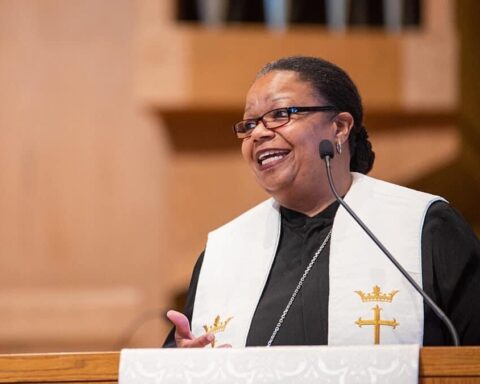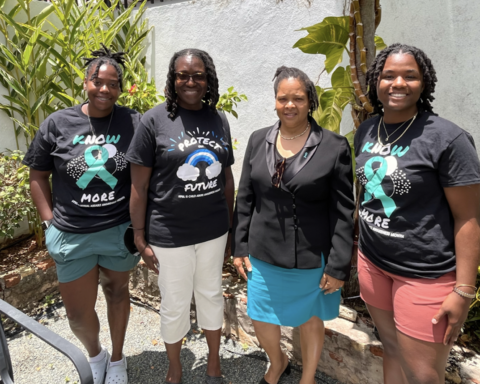Courtesy of Claflin University
Author Dr. June Manning Thomas will host a book signing on Saturday, June 25, at the Cecil Williams South Carolina Civil Rights Museum in Orangeburg. Titled “Struggling to Learn,” the book discusses the history of school desegregation in South Carolina. Dr. Thomas is the daughter of the late Dr. Hubert V. Manning, the sixth president of Claflin University (1956-1984). She is also the centennial professor emerita of urban and regional planning at the University of Michigan’s Taubman College of Architecture and Urban Planning, where she also is the Mary Frances Berry Distinguished University Professor of Urban Planning.
The book also outlines Claflin University’s role in the Civil Rights Movement in South Carolina. Many of the photo illustrations in the book are by Cecil Williams, director of historic preservation at Claflin University. The book is published by the University of South Carolina Press.
About the Book
The battle for equality in education during the civil rights era came at a cost to Black Americans on the frontlines. In 1964 when fourteen-year-old June Manning Thomas walked into Orangeburg High School as one of 13 Black students selected to integrate the all-White school, her classmates mocked, shunned, and yelled racial epithets at her. The trauma she experienced made her wonder if the slow-moving progress was worth the emotional sacrifice. In Struggling to Learn, Thomas, revisits her life growing up in the midst of the civil rights movement before, during, and after desegregation and offers an intimate look at what she and other members of her community endured as they worked to achieve equality for Black students in K-12 schools and higher education.
Through poignant personal narrative, supported by meticulous research, Thomas retraces the history of Black education in South Carolina from the post-Civil War era to the present. Focusing largely on events that took place in Orangeburg, South Carolina, during the 1950s and 1960s, Thomas reveals how local leaders, educators, parents, and the NAACP joined forces to improve the quality of education for Black children in the face of resistance from White South Carolinians. Thomas’s experiences and the efforts of local activists offer relevant insight because Orangeburg was home to two Black colleges―South Carolina State University and Claflin University―that cultivated a community of highly educated and engaged Black citizens.
With help from the NAACP, residents filed several lawsuits to push for equality. In the notable Briggs v. Elliott, Black parents in neighboring Clarendon County sued the school board to challenge segregation after the county ignored their petitions requesting a school bus for their children. That court case became one of five that led to Brown v. Board of Education and the landmark 1954 decision that declared school segregation illegal. Despite the ruling, South Carolina officials did not integrate any public schools until 1963 and the majority of them refused to admit Black students until subsequent court cases, and ultimately the intervention of the federal government, forced all schools to start desegregating in the fall of 1970.
In Struggling to Learn, Thomas reflects on the educational gains made by Black South Carolinians during the Jim Crow and civil rights eras, how they were achieved, and why Black people persisted despite opposition and hostility from White citizens. In the final chapters, she explores the current state of education for Black children and young adults in South Carolina and assesses what has been improved and learned through this collective struggle.





